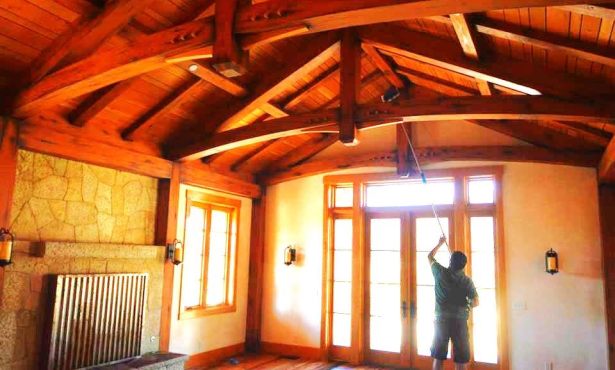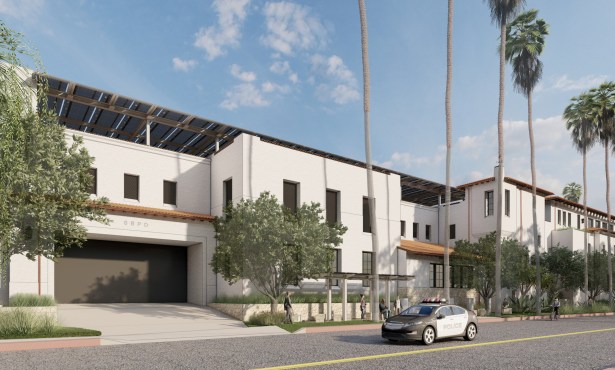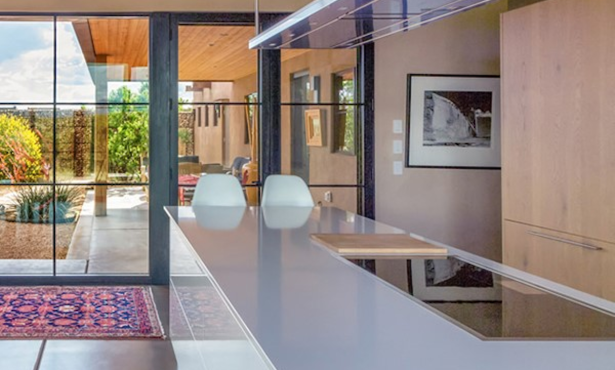Thank the Land on Which We Build
Using Passive Design to Honor our Environment

Heat pumps, induction cooktops, low-flow toilets, double-glazed windows — there are so many products that can be bought and installed in our built environment to create more sustainable buildings. I am a fan of it all: solar panels, energy-efficient appliances, weather-based irrigation controllers. But in the quest for sustainable development, we cannot just buy our way to a greener-built environment.
We live in a capitalist society. Our work and the resources we need are commodified in exchange for money. In many ways, this system works quite nicely. It allows for freedom and creativity. I cannot deny the satisfaction of getting paid for work and then using my earnings for things that make my life more comfortable. Unfortunately, in this constant process of commodification — the endless buying and selling resulting from living in a capitalistic system — we forget to honor process.
In nature, everything is always in flux, in a process of reciprocation. If we can learn to design from a dualistic approach in which we operate in a capitalist system on one hand, but also see our place in the reciprocal process of the natural world on the other, we can start to develop spaces that serve our needs as the unique animals that humans are, while appreciating that we are also part of nature.
Look at the cedar waxwing, a California bird famous for feasting on native toyon berries. As the waxwing feeds on toyon, pulling nutrients from the fleshy pulp of the ripe berries, the bird also ingests seeds. In turn, waxwings pass the seeds and disperse them to new areas. The nitrogen in their droppings reacts with carbon-rich leaf litter and works to build soil. Cedar waxwings’ needs are met as they perform their part in a reciprocal process. In a way, the waxwing thanks the toyon for its berries by dispersing its seed and feeding the soil.
How does this apply to humans and how we approach creating our built environment? We need to design with the mindset of integrating our uniquely human needs with natural process — essentially thanking the land on which we build. We can design to thank the land by integrating natural processes into our built environment, honoring the sense of place in which we build.
Sign up for Indy Today to receive fresh news from Independent.com, in your inbox, every morning.
Returning to the idea of commodity versus process, let’s explore approaches to energy and water. Sun is the primary source of energy in our solar system. We use energy for lighting, heating, cooling, cooking, and drying, relying on fossil fuels to fulfill these needs. The problems with this approach have become evident. So, we look to solar, which is great — I am installing solar panels on my house as I write this — yet solar panels still treat energy as a commodity in which energy is converted, collected, and stored. But passive house design takes advantage of thermodynamics, which naturally requires less energy to heat and cool without batteries and cables.
Drought is an overwhelming and persistent problem in Southern California. When it does rain, one can feel a collective sigh of relief. Naturally, people want to take full advantage of every drop that falls from the sky and harvest rain. However, viewing water as a commodity, people’s first inclination is to collect rain in cisterns, then use the water to irrigate like miniature, self-contained water districts. Taking pressure off local water districts is great, of course, but there is more to the story. Instead of viewing water as a resource to collect and control, it is important to see the role that water plays in the greater ecosystem.
Rather than collecting water in cisterns, a more holistic approach is to direct water from downspouts into depressions in the landscape. Biologically rich soil, and planting the depressions with climate-appropriate plants, allows water to be part of a process in which the aquifers are replenished, healthy soil sequesters carbon, and the plantings negate the heat-island effect and provide forage for the other creatures with which we share the environment. By honoring the process that water serves in the natural environment — not simply viewing water as a commodity — we give back and thank the land on which we build.
Written by Natasha Elliott, Sweet Smiling Landscapes, Landscape Design. Architecturally Speaking is written by members of the American Institute of Architects’ Santa Barbara chapter. For more info about AIASB, visit aiasb.com.
Support the Santa Barbara Independent through a long-term or a single contribution.



